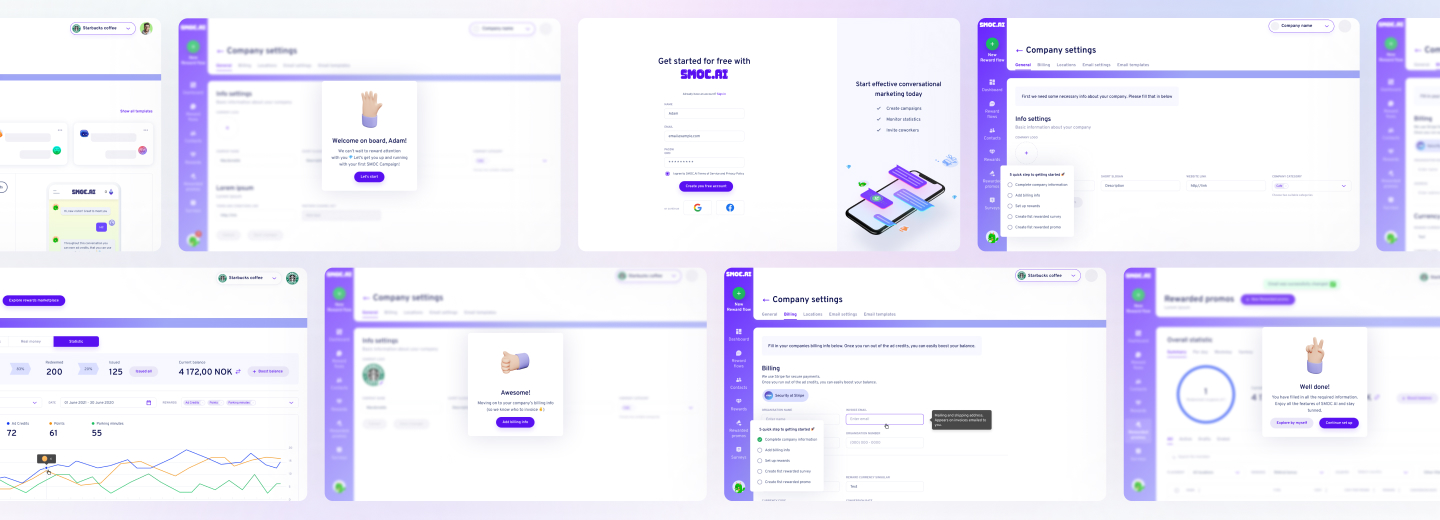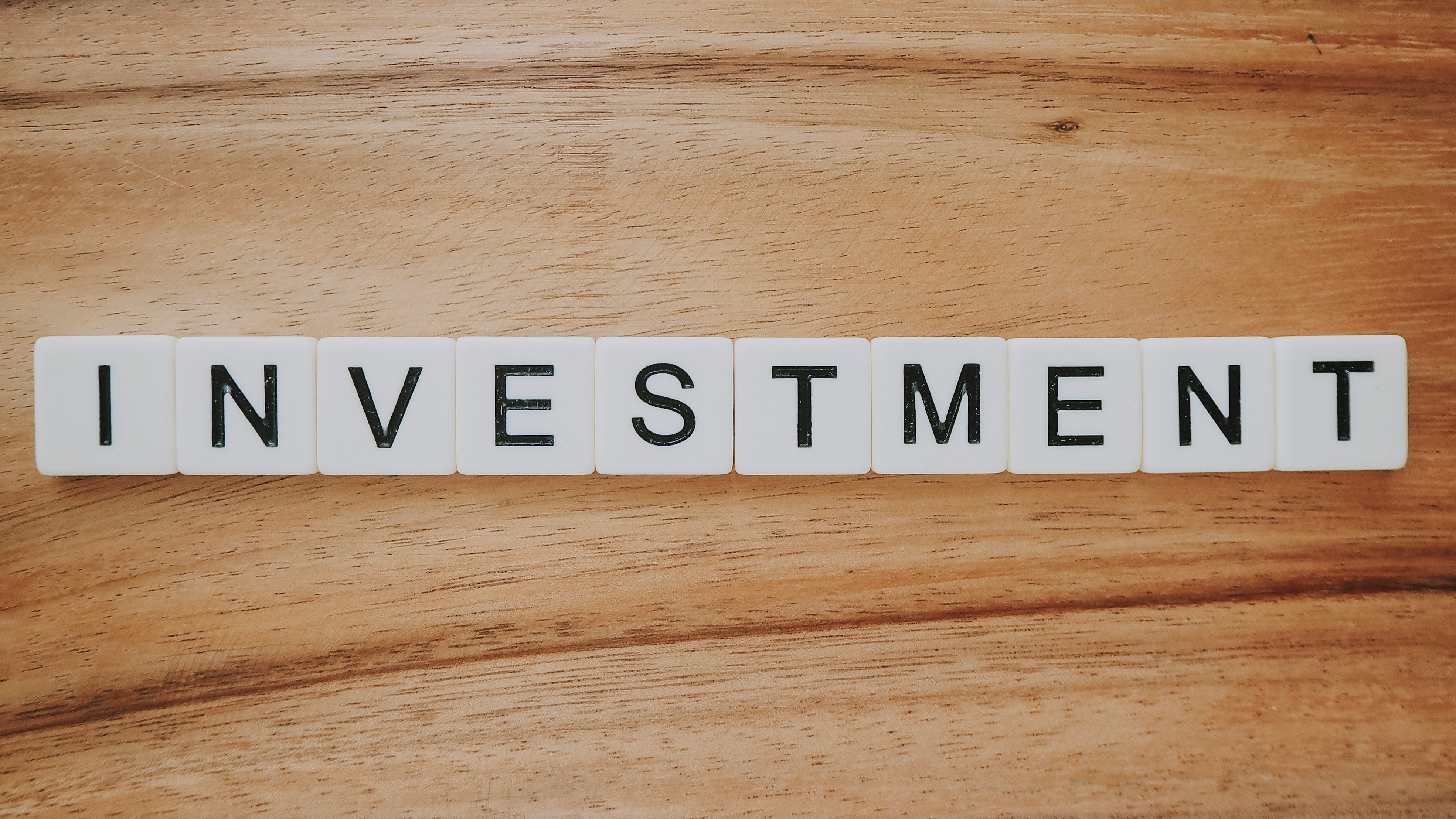Launching and growing a startup is successful when business owners make decisions based on data rather than intuition. Market conditions have become extremely dynamic in 2025 which makes tracking the right startup metrics more critical than ever. Startups need to track specific performance indicators that reveal their financial health, customer engagement, and operational efficiency.
Founders can make better decisions through key performance indicators (KPIs) which include customer acquisition cost (CAC), burn rate, and retention rates to attract investors and achieve sustainable growth.
The following article presents 18 critical metrics that startups need to track in 2025 to maintain competitive advantage and scalability.
what’s in the article
- How Investors Use Metrics to Evaluate Startups
- Financial Metrics
- Growth Metrics
- Customer Metrics
- Product Metrics
- Conclusion
How Investors Use Metrics to Evaluate Startups
Before investing money into startups investors use key metrics to determine both startup potential and financial health. These startup metrics serve to evaluate if a company stands as a profitable investment opportunity or poses financial risks. Here’s how investors use them:
Assessing Financial Viability
The financial management efficiency of startups can be determined through important business metrics which include burn rate alongside runway and revenue growth rate. Investors require companies to maintain sustainable funding expenses and display evidence of their revenue growth.
Measuring Market Traction
Startups that monitor strong market traction metrics including MRR, CAC, and LTV will find it easier to secure funding from investors. When customers stay with the company for longer periods it demonstrates both market compatibility and business scalability potential.
Evaluating Efficiency & Scalability
The business model’s scalability is assessed through analysis of gross margin along with churn rate and unit economics. A startup featuring strong profit margins with low customer churn rates attracts investors better than a struggling startup with high customer turnover.
Understanding Growth Potential
The potential long-term success of a startup becomes apparent through three key metrics for startups including year-over-year (YoY) growth, net revenue retention (NRR), and sales efficiency. Rapid startup growth supported by effective capital utilization acts as a powerful signal for investment.
Financial Metrics
It’s important to monitor startup financial metrics for its survival and growth. Startups need these financial indicators to check their financial situation and handle their cash flow. Startups need to monitor five essential financial indicators which include:
Revenue
A startup generates its total money income through product and service sales. This indicator serves as a fundamental gauge to determine business achievement. New businesses should monitor two types of revenue streams which include recurring revenue (for subscription-based businesses) and one-time sales.
Runway
Runway refers to the number of months a startup can continue operations using existing funds without new income or financing. The calculation happens by dividing available cash funds by the monthly burn rate. Business success depends on having a sufficient period for startups to develop their model and gain clients while securing funding.
Burn Rate
Burn rate measures how quickly a startup is spending its cash reserves. It includes two components: gross burn rate represents total monthly expenses and net burn rate reflects expenses reduced by revenue. The sustainability of a business depends heavily on burn rate control since high expenses beyond available revenue lead to financial instability.
Net Profit
Net profit is the amount left after subtracting all expenses including operating costs, taxes, and interest from total revenue. Most new companies start unprofitable before reaching their first successful financial outcome. The assessment of long-term sustainability and operational efficiency depends on net profit.
Total Contract Value (TCV)
TCV represents the total revenue that a startup expects to generate throughout a customer contract. The measurement of TCV proves vital for subscription-based and SaaS businesses because it allows them to predict revenue streams throughout the customer relationship. A high TCV indicates strong customer commitment and predictable cash flow.

Looking to Build an MVP without worries about strategy planning?
EVNE Developers is a dedicated software development team with a product mindset.
We’ll be happy to help you turn your idea into life and successfully monetize it.
Growth Metrics
Businesses can use growth metrics for startups to evaluate their customer acquisition, conversion efficiency, and customer retention success. These metrics serve as essential tools for business expansion, marketing optimization, and investor demonstration of company growth. Here are five startup growth metrics every startup should track:
Viral Coefficient
Startups can determine their referral success through the product of customer referral numbers and the percentage of those referrals that convert. A viral coefficient higher than 1 indicates exponential growth because each user introduces more than one new customer. Startups with powerful referral systems and word-of-mouth marketing strategies tend to generate superior viral coefficients.
Conversion Rate
The desired action completion percentage among users forms the basis of conversion rate measurement. A startup demonstrates effective marketing together with successful sales and product delivery if its conversion rate remains high because this indicates it converts prospects into paying customers.
Cost per Acquisition (CPA)
Cost per acquisition (CPA) refers to the amount a startup spends to acquire a new customer. It is calculated by dividing marketing and sales costs by new customer acquisitions during a specified period. The relationship between CPA and LTV determines startup profitability and sustainable development.
Monthly Recurring Revenue (MRR)
Monthly recurring revenue (MRR) is the predictable revenue a startup earns from subscription-based customers each month. Subscription businesses and SaaS companies heavily rely on MRR because it shows how their revenue stays consistent and how it can grow. The subscription revenue contains three components: new MRR (from new customers), expansion MRR (from upsells and cross-sells), and churned MRR (lost revenue from canceled subscriptions).
Year-over-Year Growth
Year-over-year (YoY) growth compares revenue, user base, or other key performance indicators for startups over the same period in consecutive years. Year-over-year growth at elevated levels serves as a reliable sign that companies can scale their operations while facing strong market interest.

Proving the Concept for FinTech Startup with a Smart Algorithm for Detecting Subscriptions

Scaling from Prototype into a User-Friendly and Conversational Marketing Platform
Customer Metrics
The startup KPIs measuring customer satisfaction, retention rates, and profitability serve startups to evaluate their performance. The following four indicators help businesses enhance customer satisfaction through better service and reduce customer turnover rates to boost income streams.
Net Promoter Score
The Net Promoter Score evaluation method allows companies to measure customer satisfaction in a single question “How likely are you to suggest our service to others?” The respondents rate their answers from zero to ten.
- Promoters (9-10): Loyal customers who actively recommend the brand.
- Passives (7-8): Neutral customers who like the product but are not highly engaged.
- Detractors (0-6): Unhappy customers who may discourage others from using the product.
The NPS measurement requires a subtraction of detractors from promoters to determine the result. High NPS shows both satisfied customers and the capability to grow organically through customer recommendations.
Customer Churn Rate
Customer churn rate represents the measurement of customer turnover percentage during a certain period. It is calculated as:
High customer turnover demonstrates negative issues with services, pricing, or product value. Revenue growth becomes substantial when companies apply better customer engagement alongside improved support functions and feature enhancements can significantly boost revenue and growth.
Customer Lifetime Value (LTV)
Customer Lifetime Value (LTV) represents the total potential of a customer throughout their relationship. It is calculated as:
A business that sees high LTV evidence within its customer base will most likely generate enduring profitability with robust customer loyalty. Assessing LTV with CAC enables businesses to confirm profitable customer acquisition costs.
Customer Acquisition Cost (CAC)
Customer Acquisition Cost (CAC) determines how much a startup spends to get a new customer. It is calculated as:
CAC = \frac{\text{Total Sales & Marketing Costs}}{\text{Number of New Customers Acquired}}
Predictable business success requires customer acquisition costs to remain substantially below customer life value calculations. A sharp CAC value demonstrates successful marketing activities, while a high CAC indicates the need to optimize sales funnels and marketing strategies.

Need Checking What Your Product Market is Able to Offer?
EVNE Developers is a dedicated software development team with a product mindset.
We’ll be happy to help you turn your idea into life and successfully monetize it.
Product Metrics
Product startup KPIs serve as guidelines for strategic decisions they enhance business strategies and lead to the development of products that fulfill both user requirements and organizational objectives.
Activation Rate
The activation rate counts the proportion of users who take essential steps that signify they have successfully started using the product. Users must accomplish onboarding requirements or perform essential operational tasks as one of the key activation expectations. The activation rate becomes high because users immediately find value in the offered product.
Churn
Churn refers to the percentage of users who stop using the product over a certain period. The measurement stands as a crucial indicator that helps organizations analyze customer dissatisfaction patterns and retention challenges. The successful decrease of customer attrition requires organizations to enhance their service quality through better user experience, better support systems and improved engagement methods.
User Retention
User retention identifies how many users maintain their product usage over time. High retention rates show strong customer satisfaction and product value. User retention strategies encompass personalization protocols with anticipated outreach and product upgrades.
Adoption Rate
User adoption rate determines the speed at which consumers accept new products and their respective features in the marketplace. Onboarding along with marketing activities and user experience effectiveness determine this result. User adoption growth depends on instructional material, user-friendly interfaces, and workflow-friendly systems integration.
Conclusion
In conclusion, tracking the right metrics is essential for startups to ensure they are on the right way to succeed in 2025 and beyond. Startups can generate essential knowledge about their operations and customer behavior through the assessment of core performance indicators which include customer acquisition cost, lifetime value metrics, churn rate, and product adoption metrics, etc.
Startups can identify advantageous growth possibilities and make decisions that both adjust their operational strategies and solve early problems by continuously tracking these metrics. The proper measurement allows them to achieve business goals efficiently, focus on market trends, build strong customer relationships, and make necessary adjustments.
The main KPI for startups includes customer acquisition cost (CAC), lifetime value (LTV), churn rate, conversion rate, and retention rate. The metrics enable companies to evaluate customer acquisition, customer engagement, and financial performance which guides strategic growth directions.
Startup businesses need to perform regular assessments of their early-stage startup metrics. The analysis schedule for acquisition and churn rates should be weekly or monthly whereas financial metrics need analysis on a monthly or quarterly basis.
A net promoter score (NPS) demonstrates the best metric for tracking product-market fit because it directly evaluates customer recommendation behavior. When the response from customers shows a high positive assessment it demonstrates excellent product-market compatibility.

About author
Roman Bondarenko is the CEO of EVNE Developers. He is an expert in software development and technological entrepreneurship and has 10+years of experience in digital transformation consulting in Healthcare, FinTech, Supply Chain and Logistics.
Author | CEO EVNE Developers


















